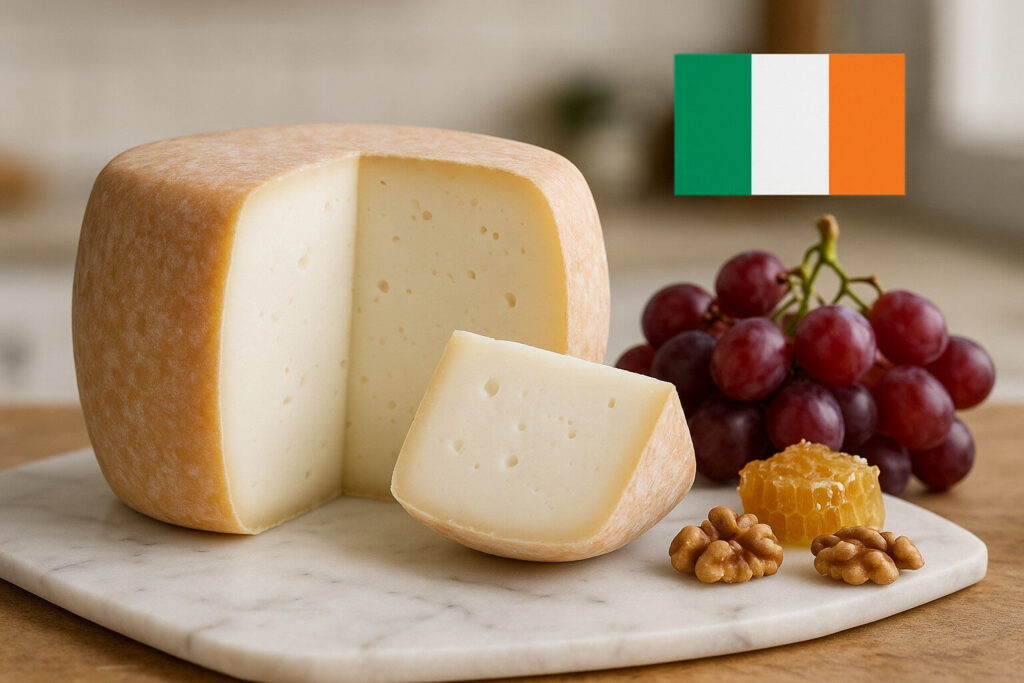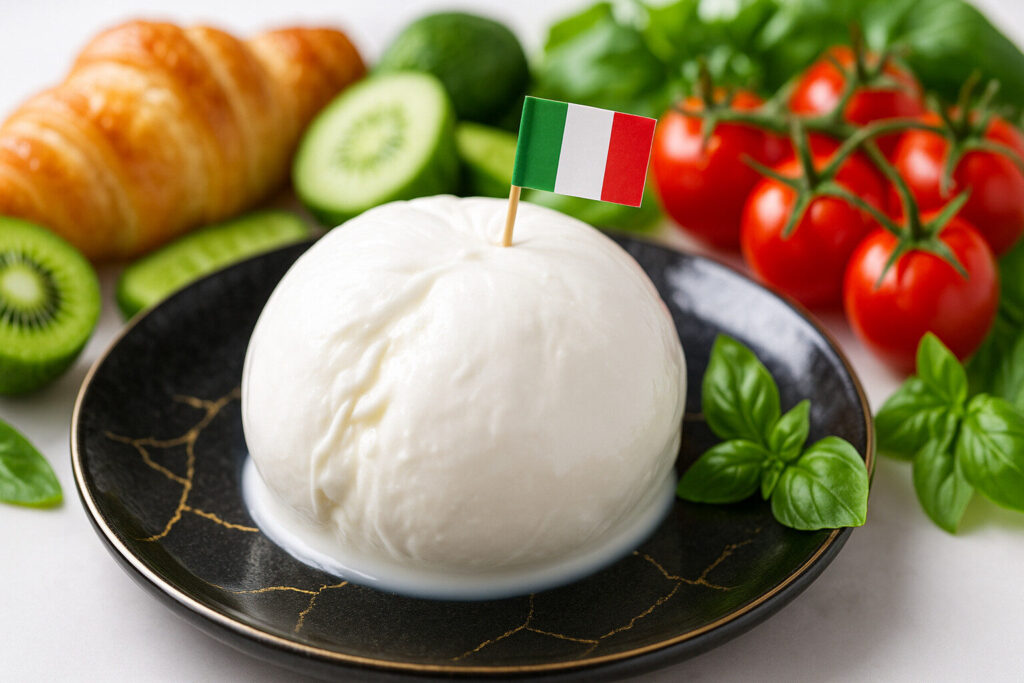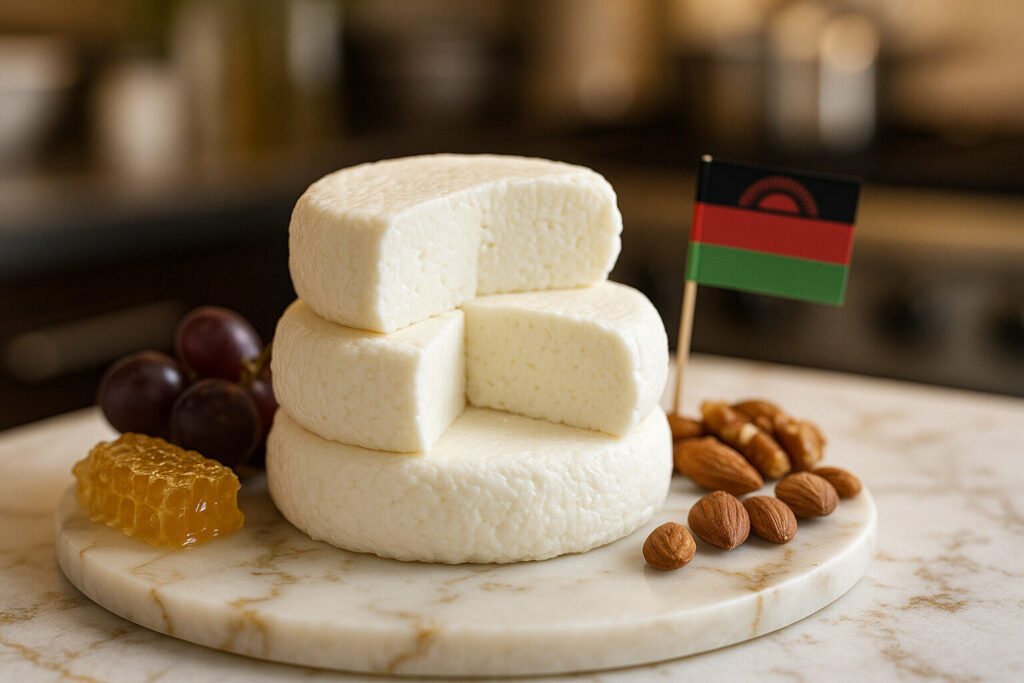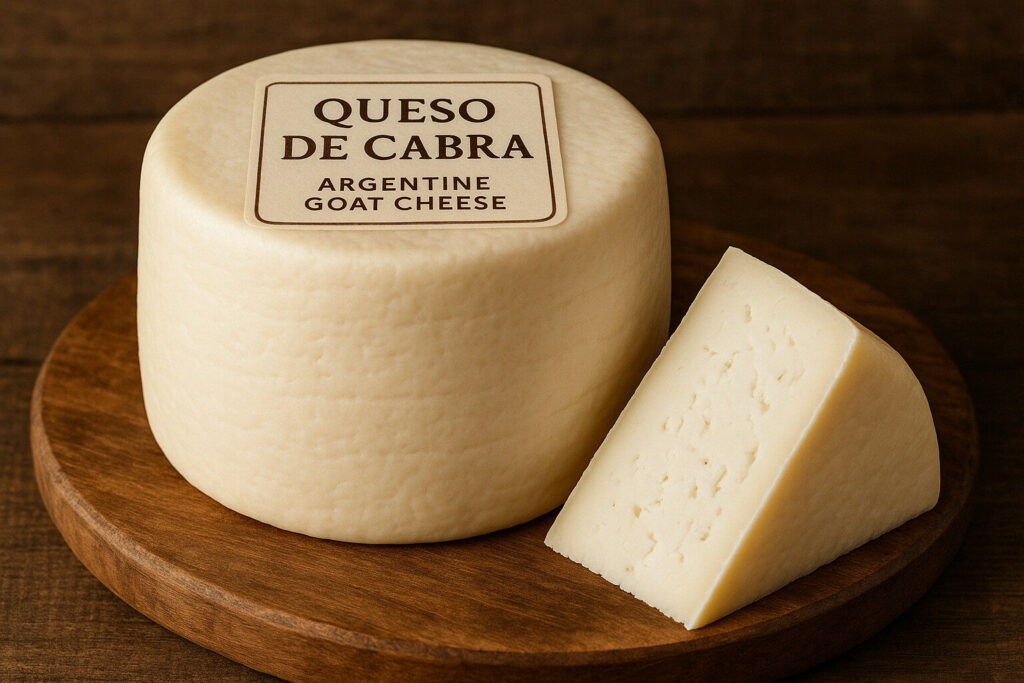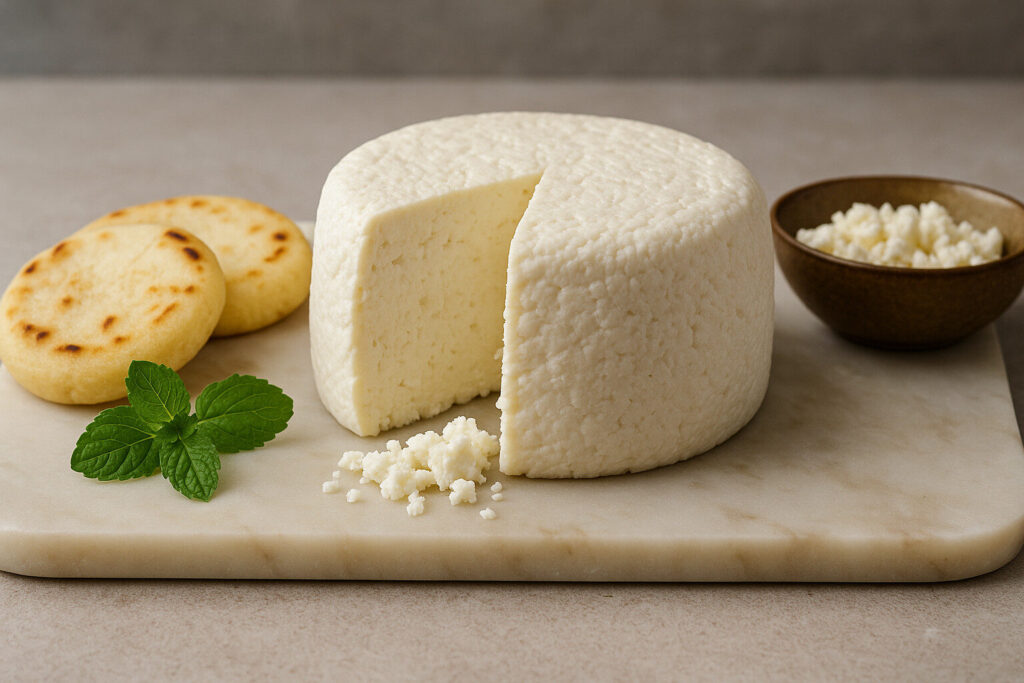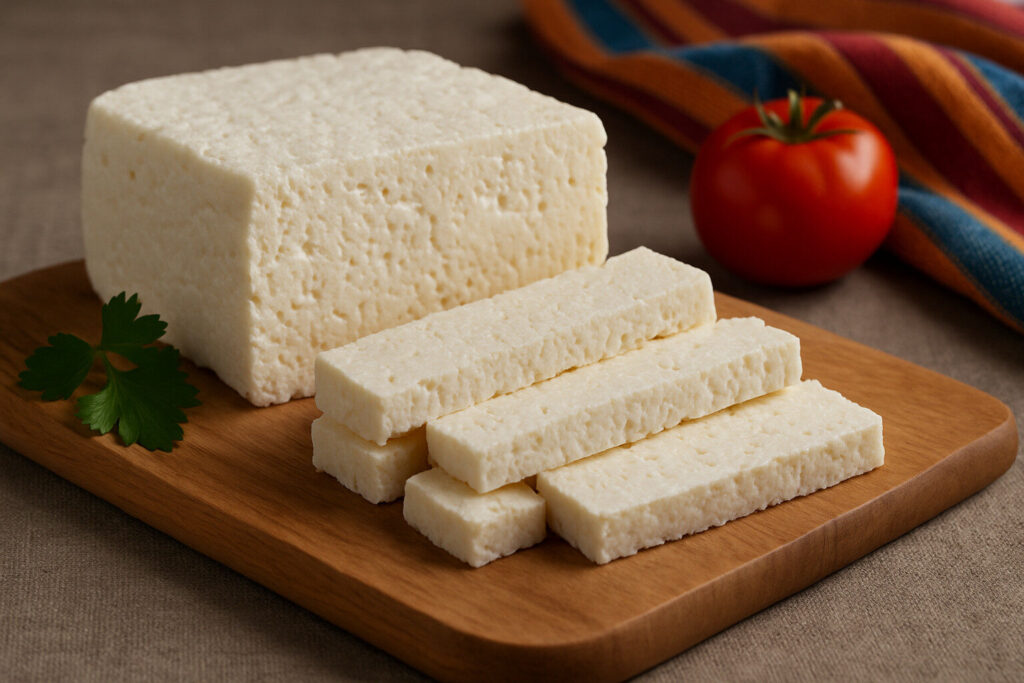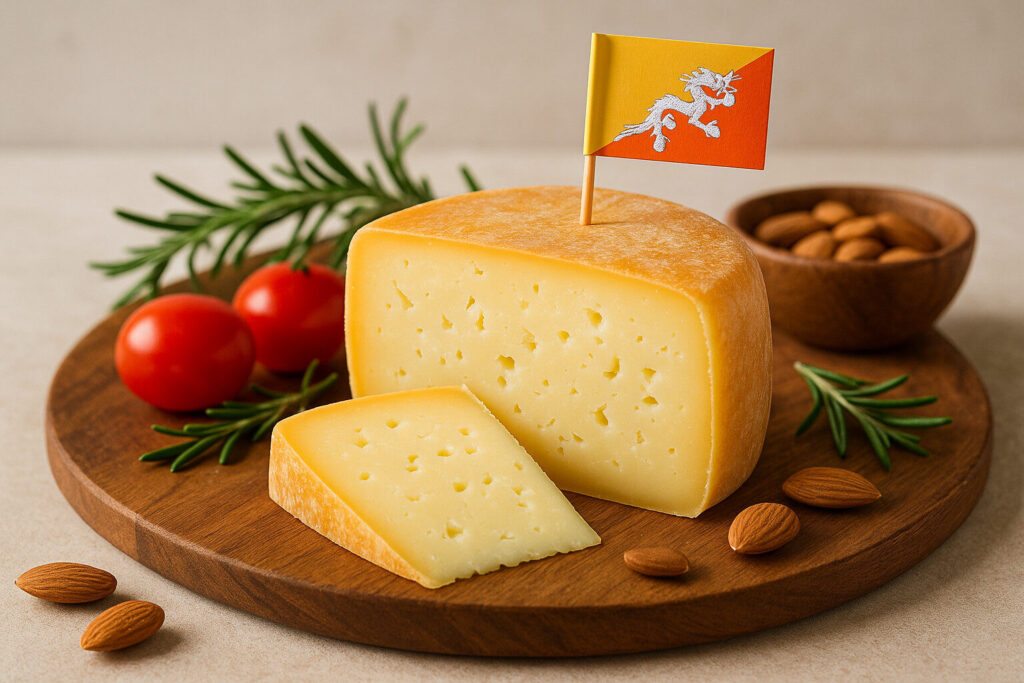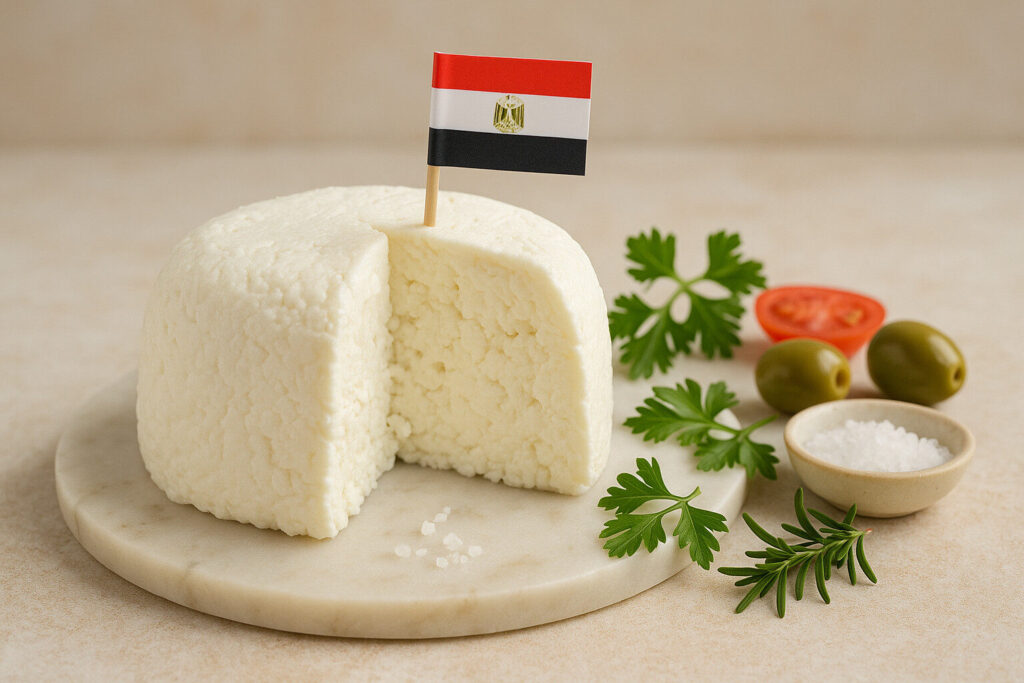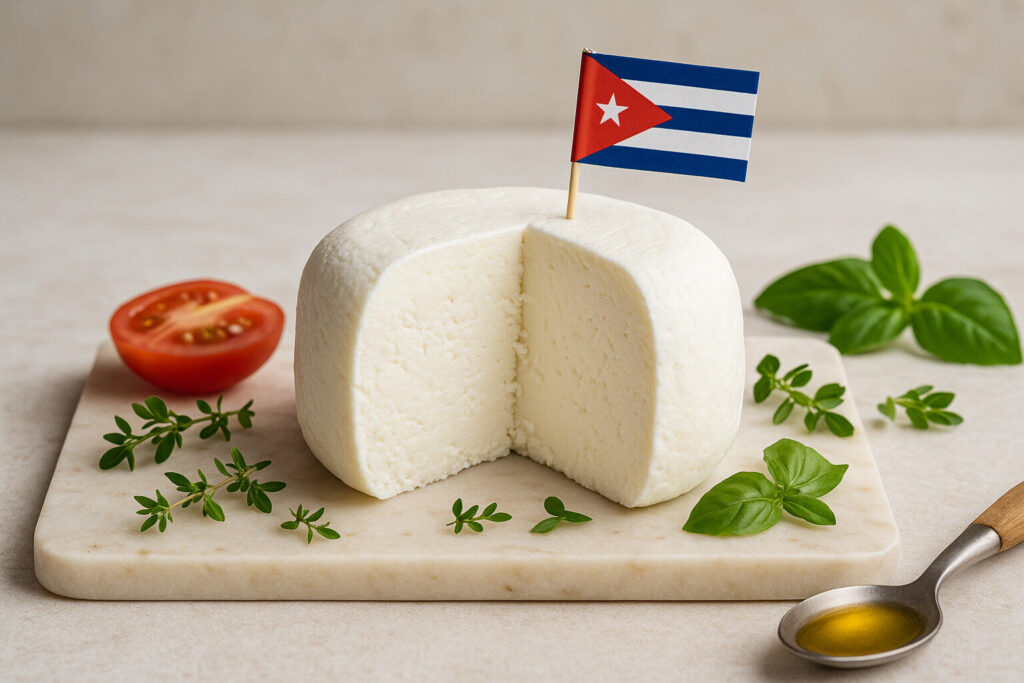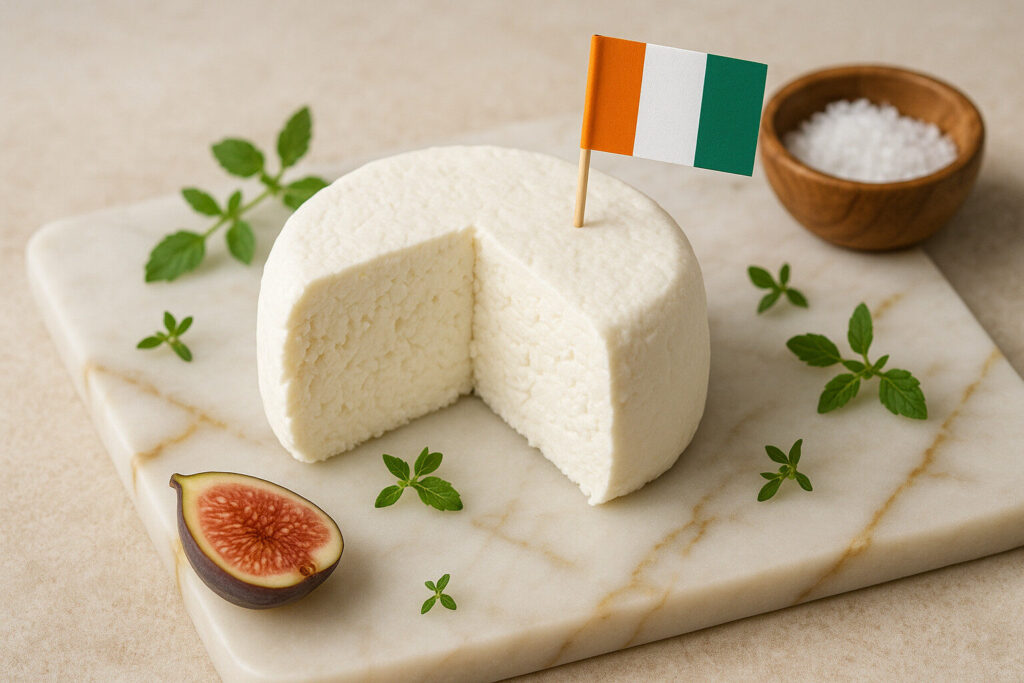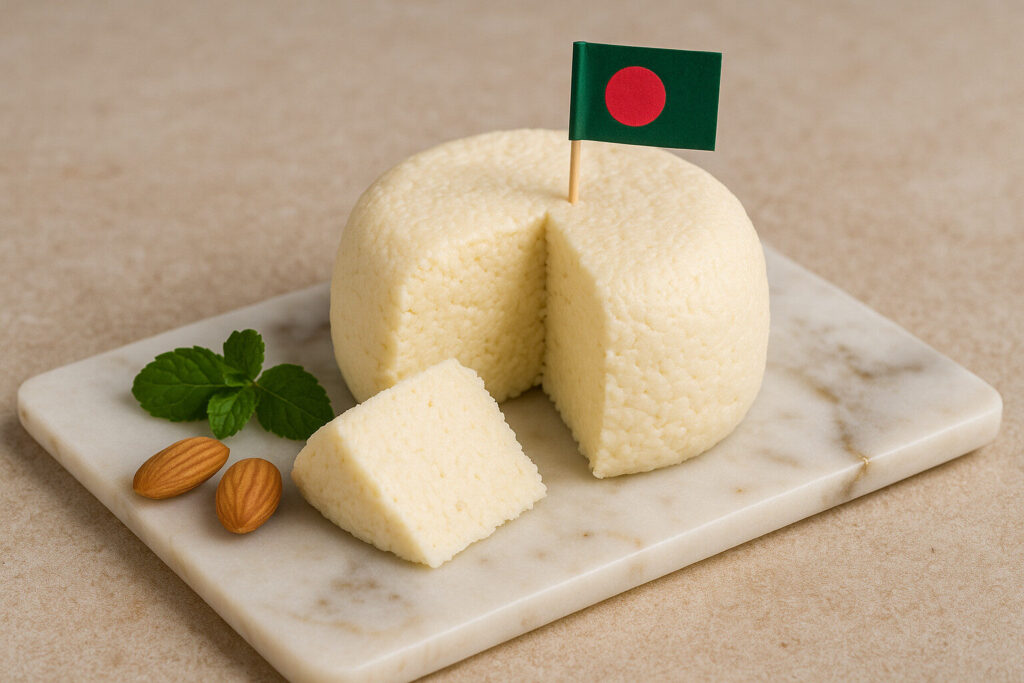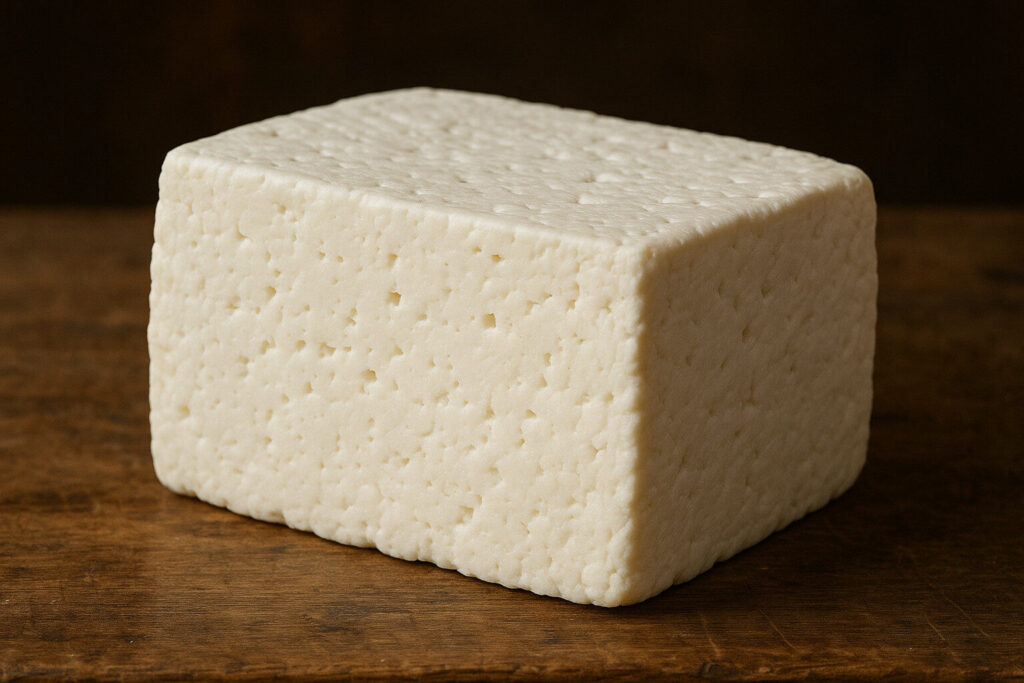Soft Cheese
Definition and Scope
Soft texture cheeses are characterized by high moisture content and minimal pressing during production. This category includes fresh, bloomy-rind, and washed-rind varieties that exhibit pliable, spreadable, or runny consistencies. Their textures result from specific aging periods and moisture retention techniques.
The scope encompasses cheeses like Brie, Camembert, and fresh chèvre that typically contain 50-80% moisture. These cheeses generally age for less than two months, distinguishing them from firmer varieties. Their texture directly influences slicing properties and mouthfeel characteristics.
Production Methods
Soft cheeses undergo gentle curd handling with minimal mechanical pressing to preserve moisture. Drainage occurs through gravity or light molding rather than weight application. This approach maintains the open, moist structure essential for soft texture development.
Specific techniques include surface mold inoculation for bloomy-rind types and brine washing for washed-rind varieties. Aging environments maintain high humidity levels between 85-95%. These conditions prevent excessive drying while promoting proper rind formation and interior softening.
Sensory Profile
Soft texture cheeses deliver creamy mouthfeel with varying degrees of spreadability. Young fresh cheeses offer mild, tangy flavors while aged soft-rind types develop complex earthy notes. Texture ranges from crumbly fresh varieties to liquid-centered fully ripe specimens.
The rind contributes significantly to the sensory experience, providing contrasting textures and intensified flavors. Interior paste typically exhibits buttery, mushroomy, or lactic characteristics. Temperature dramatically affects texture expression and flavor release.
Culinary Applications
Soft cheeses serve as table cheeses, spreads, and cooking ingredients due to their malleable textures. They melt smoothly in sauces and gratins while maintaining creamy consistency. Their spreadability makes them ideal for canapés and dessert applications.
Bloomy-rind varieties achieve optimal flavor at room temperature, enhancing their use in cheese boards. Fresh soft cheeses incorporate well into dips, fillings, and dessert preparations. Texture degradation occurs rapidly with excessive heat exposure.
Regional Examples
France produces iconic soft cheeses including Brie de Meaux and Camembert de Normandie with protected designation of origin status. These traditional varieties feature white Penicillium candidum rinds and creamy interiors. Their textures evolve dramatically during the aging process.
Italian soft cheeses include fresh Robiola and aged Taleggio with distinctive washed rinds. American artisanal producers create soft-ripened varieties using both European techniques and innovative approaches. Global production adapts traditional methods to local milk types and aging conditions.

